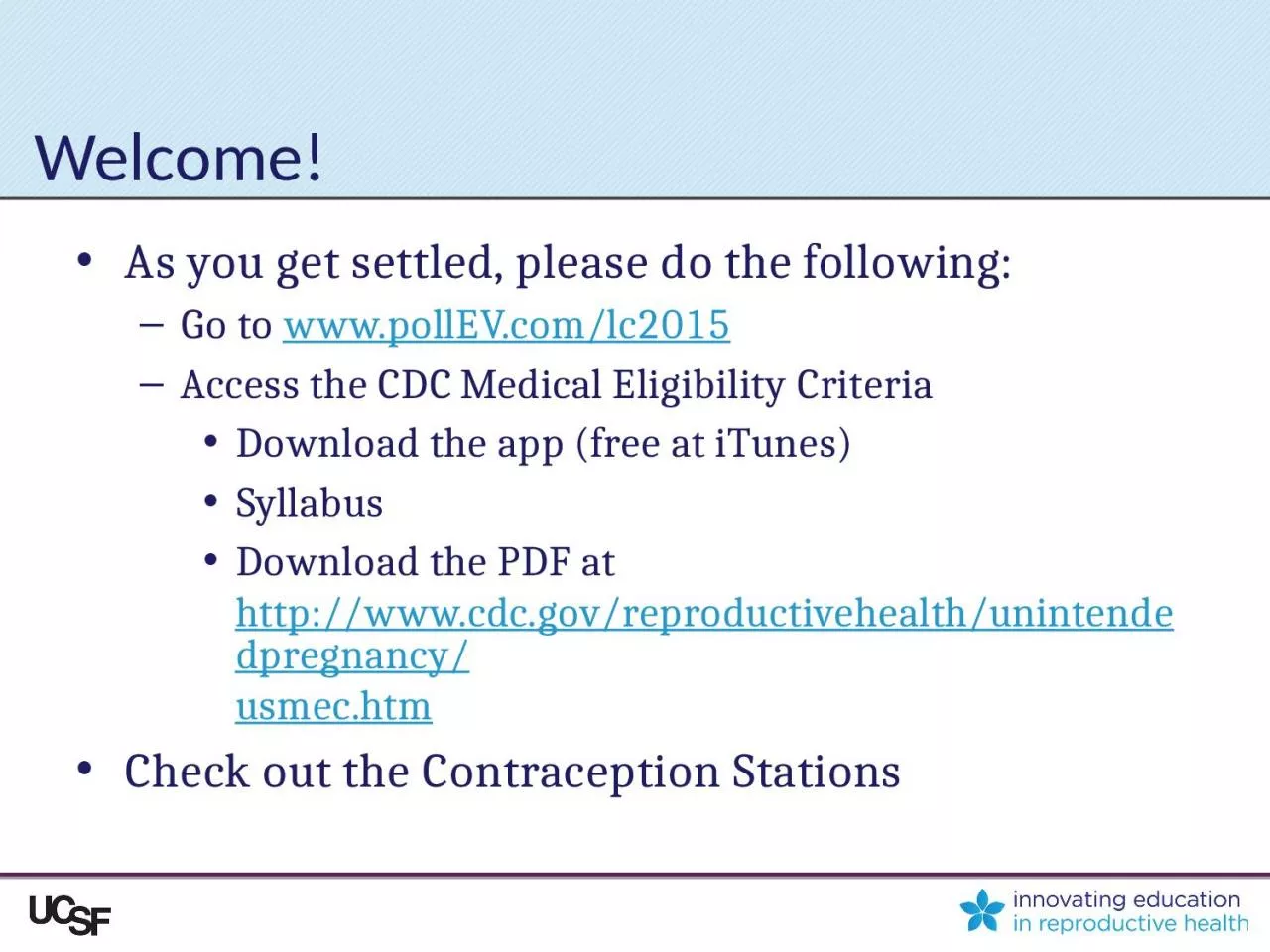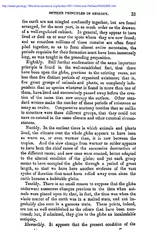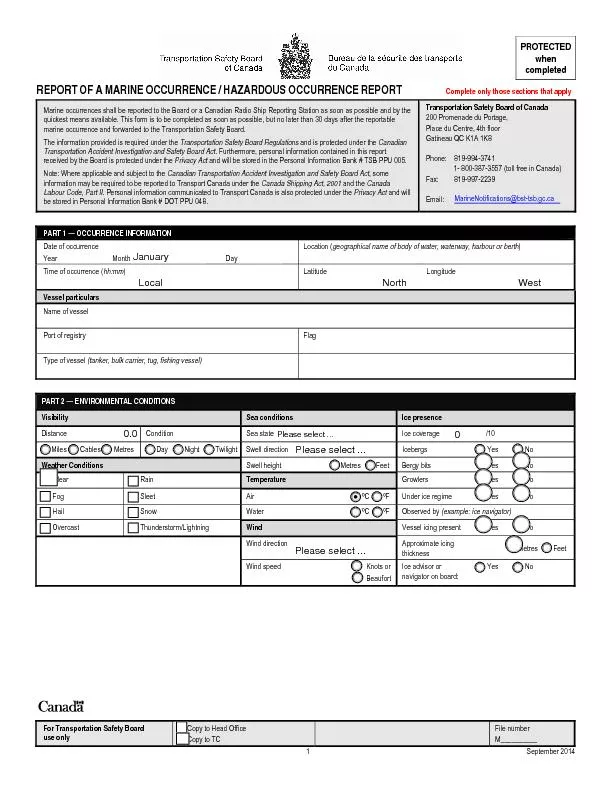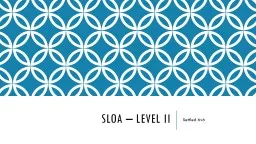PPT-Welcome! As you get settled, please do the following:
Author : FuzzyWuzzyBear | Published Date : 2022-08-04
Go to wwwpollEVcomlc2015 Access the CDC Medical Eligibility Criteria Download the app free at iTunes S yllabus Download the PDF at httpwwwcdcgovreproductivehealthunintendedpregnancy
Presentation Embed Code
Download Presentation
Download Presentation The PPT/PDF document "Welcome! As you get settled, please do t..." is the property of its rightful owner. Permission is granted to download and print the materials on this website for personal, non-commercial use only, and to display it on your personal computer provided you do not modify the materials and that you retain all copyright notices contained in the materials. By downloading content from our website, you accept the terms of this agreement.
Welcome! As you get settled, please do the following:: Transcript
Download Rules Of Document
"Welcome! As you get settled, please do the following:"The content belongs to its owner. You may download and print it for personal use, without modification, and keep all copyright notices. By downloading, you agree to these terms.
Related Documents














